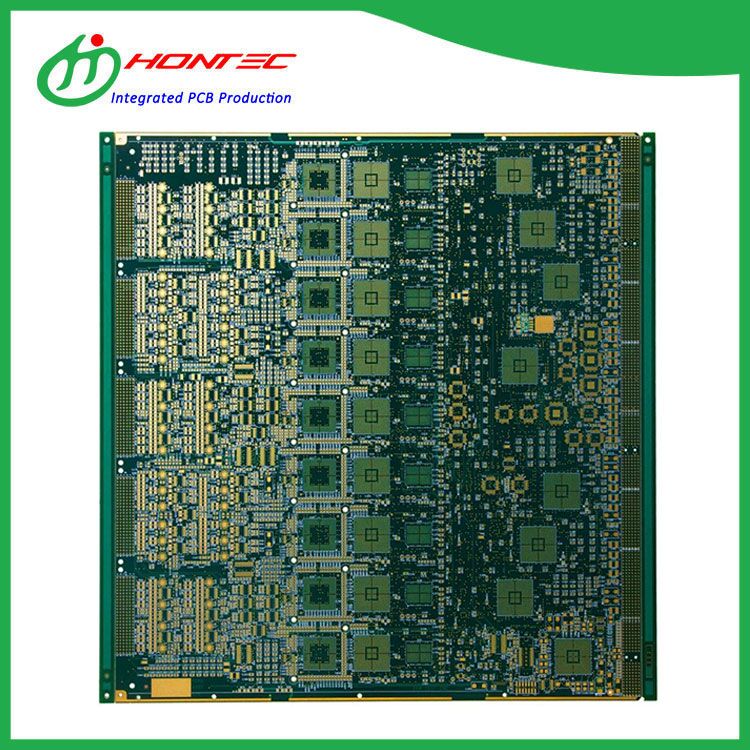What are high speed PCBs?
2023-12-25
High-speed PCBs (Printed Circuit Boards) refer to circuit boards designed to handle high-frequency signals without significant signal degradation or loss. They are used in electronic devices and systems where signals operate at high frequencies, such as in modern computers, telecommunications equipment, networking devices, and high-speed data transfer applications.

Key characteristics and considerations for high-speed PCBs include:
1. Signal Integrity: Maintaining the integrity of signals is crucial in high-speed designs to minimize distortion, reflections, crosstalk, and other signal impairments.
2. Transmission Lines: High-speed PCBs often involve transmission lines (such as microstrips or striplines) to carry high-frequency signals effectively. Proper impedance matching and controlled impedance routing are essential to prevent signal distortion.
3. Dielectric Materials: The choice of dielectric materials used in the PCB affects the signal propagation speed and attenuation. Low-loss materials like PTFE (Teflon) or specialized laminates are often used to reduce signal loss.
4. Routing and Layout: Careful routing and layout techniques are employed to minimize signal interference, reduce electromagnetic interference (EMI), and optimize signal paths. Differential pair routing and controlled impedance routing are common practices.
5. Grounding and Power Distribution: Proper grounding schemes and power distribution networks are critical to maintain signal integrity and minimize noise in high-speed designs.
6. Component Placement: Placement of components, especially high-speed components like microprocessors, memory modules, or high-speed interfaces, is crucial to reduce signal travel distances and minimize signal delays.
7. EMI/EMC Considerations: High-speed PCBs must comply with electromagnetic interference (EMI) and electromagnetic compatibility (EMC) standards to ensure they don't interfere with other electronic devices and aren't susceptible to external interference.
8. Heat Dissipation: High-speed components can generate considerable heat, so thermal management strategies such as heatsinks, thermal vias, and proper layout to dissipate heat efficiently are important.
Designing high-speed PCBs requires specialized knowledge, tools, and careful consideration of various factors to ensure the reliable and efficient operation of electronic devices operating at high frequencies.


